Topics:
Never Miss a Beat - Get Updates Direct to Your Inbox
FILTER:
Pixels to Profits: Your Guide to Selling Digital Assets Online
By Quiet Light
The internet has profoundly changed so many things about running a business. Today, everything from art and music to virtual real estate and cryptocurrencies can be bought, sold, and traded with the click of a mouse button. But what exactly are digital assets, and how can you turn this digital playground into a profitable business?
Whether you’re a seasoned, tech-savvy investor looking to diversify your portfolio or a newcomer aiming to grasp the essentials, this guide will provide you with actionable insights to navigate the exciting and dynamic world of digital assets with confidence.
In this article, we’ll cover everything you need to know about selling digital assets, including:
- What sets digital assets apart from other files
- Six advantages of digital assets for your business
- Different types of digital assets and how to pick the one that aligns with your goals
- How you can sell your digital assets online
Related Articles: 5 Best-Selling Digital Products to Add to your Amazon Shop
![]()
![]()
What exactly are digital assets?
A digital asset is anything that is stored digitally and is uniquely identifiable that brings value to individuals, businesses, or organizations. Before the rise of cryptocurrencies and non-fungible tokens (NFTs), many entrepreneurs would have only thought of photos and videos as digital assets. But today, that definition can include other digital files such as music, online courses, domain names, and spreadsheets.
Because of how quickly the digital landscape changes, the definition of a digital asset is also constantly shifting. While different types of files can come and go, you’ll want to hone in on whether a digital file can bring value to your business.
More than likely, you interact with digital assets on a daily basis. The Spotify playlist you listened to during your morning run, the latest episode of your favorite Netflix show, and your ticket for an upcoming concert that you have downloaded on your phone are all digital assets.
Digital assets can include a wide variety of digital content, but common types include:
- Digital art and music
- Videos
- eBooks
- Cryptocurrencies
- Non-fungible tokens (NFTs)
- Domain names
- Software
What sets a digital asset apart from any other type of file?
There are three important factors that make a digital file a digital asset. To be a digital asset, the following criteria must be met:
- You must own the digital asset
- The digital asset has to provide value to you or your company
- The asset must be discoverable and searchable
You own the rights to the digital file
In order for a digital file to be a digital asset for you or your business, you must be the owner of that file.
If you take a photo of your dog and store it on your computer, that photo has the potential of becoming a digital asset. It’s stored in a digital form, and you have usage rights as the creator of the photo. This means that you can publish it on social media, use it on your website, or sell it.
Let’s say you later mint a non-fungible token (NFT) of that photo, creating a digital record showing that you own the photo. When you sell the NFT, you would transfer ownership rights to the buyer. If there was ever a dispute over who has the rights to use that photo, the NFT could provide verifiable ownership records.
“Digital assets also become more valuable when it’s difficult or impossible to recreate them.”
The asset must add value to your business
In order for a file to be considered a digital asset, it must provide value to you as an individual or to your business. For example, you could create an engaging online course. The course could share your knowledge with customers through videos and professional graphics. That online class would be considered a digital asset.
However, if you took a screenshot of the class dashboard and shared it on your Instagram stories, that screenshot has little to no value and would not be considered a digital asset for you or your business.
Whether a digital asset adds value to your company isn’t just about the hard costs associated with creating it. It also includes how much time that went into making the digital asset and whether or not it can be recreated easily.
Digital assets also become more valuable when it’s difficult or impossible to recreate them. For instance, a photo of the Oscar statuette is easy to recreate. But the video file of Will Smith walking onto the stage and taking a swing at Chris Rock? Even if someone had unlimited resources, they wouldn’t be able to recreate and capture that exact moment.
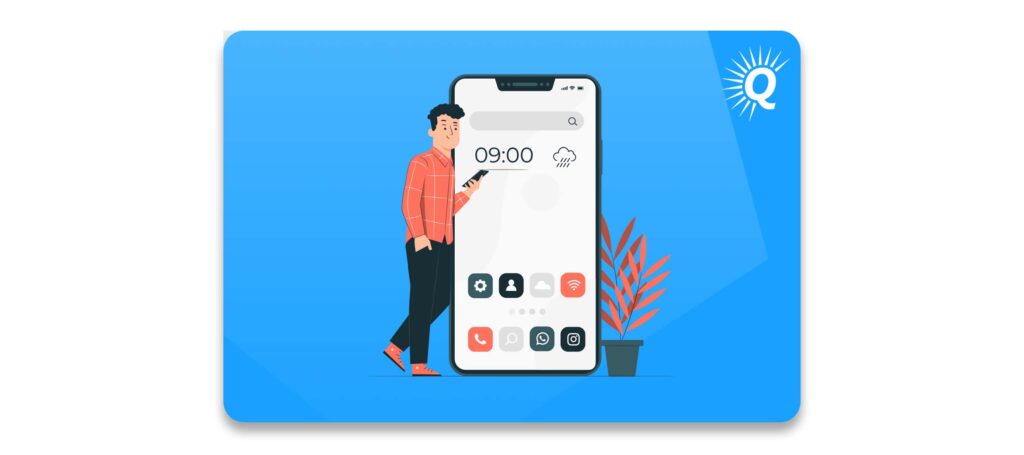

Digital assets are only valuable if you can find them
You might own a digital asset that is impossible to recreate, but the file is only valuable if it can be found. When you’re adding digital assets to your business portfolio, you must have a game plan to make sure those files are discoverable and able to be managed effectively.
If you’re interested in purchasing or creating digital goods, spend time utilizing metadata (keywords, titles, creator names, etc.) and instituting a taxonomy so you can categorize and classify your assets.
Metadata and taxonomy can be something you create yourself. However, some entrepreneurs utilize digital asset management systems instead. This provides peace of mind when it comes to organizing their digital assets.
“When you’re adding digital assets to your business portfolio, you must have a game plan to make sure those files are discoverable and able to be managed effectively.”
Why do digital assets matter for your business?
Whether a digital product is your first business venture or you’re adding digital product offerings to increase your current business value, there are plenty of benefits to selling digital assets. Some of those benefits include:
- Global reach
- Higher profit margins
- Instant connections with customers
- A source of passive income
- Opportunities for connecting with new customers
- Digital assets are easy to manage and deliver quickly
Digital assets give you global reach
Today’s online shoppers are comfortable doing business online and expect most things to be available digitally. This gives you a unique opportunity to connect with customers all over the world.
Digital assets can be distributed and accessed across the world without any limitations of physical boundaries. That means that your business can tap into a global audience, expanding your reach to potential customers.
You can boost your profit margins
Selling digital assets often involves minimal production, storage, and distribution costs compared to a physical product. This can lead to higher profit margins since there are no expenses related to manufacturing, shipping, or warehousing.
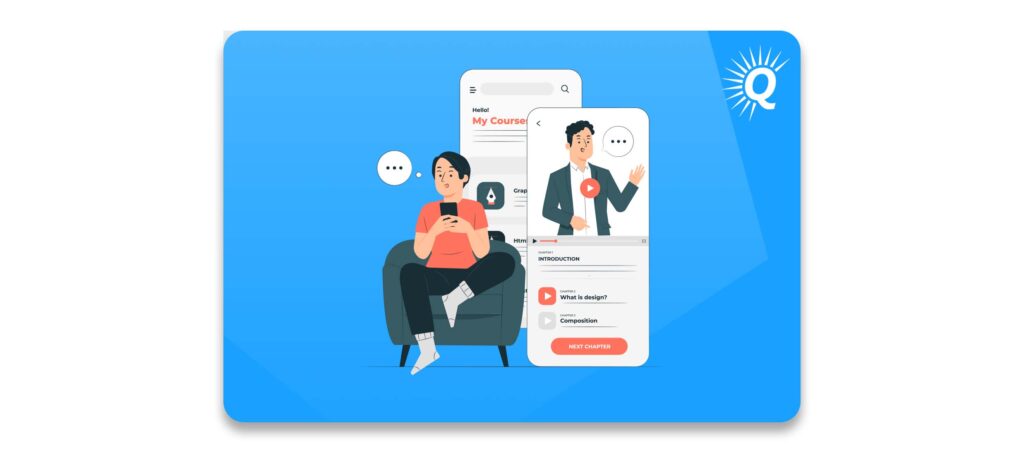

For example, the profit margin on a digital book is much higher compared to creating and shipping a hardcover copy of the same book. This means that you can focus on managing and creating digital assets, connecting with customers, and driving up customer satisfaction numbers—which can all lead to even higher profits.
Customers are able to receive your products quickly
Thanks to Amazon prime, speedy delivery is something that customers have come to expect. When you sell a digital asset, you’re able to get your product in customers hands (or on their device!) immediately after purchase.
Customers who want to read your book, listen to your music, or take your online course don’t have to wait for a delivery truck to pull into their driveway. The immediate satisfaction could increase customer satisfaction and gain you repeat customers who know that when they want your product, they can get it quickly.
Digital assets are scalable
Digital assets can be replicated and sold an unlimited number of times without additional production or distribution costs. This scalability allows you to grow your revenue without a proportional increase in resources.
You can experiment with flexible pricing models
Selling digital assets allows you a wide range of pricing models, including one-time purchases, subscriptions, bundles, and tiered pricing. This flexibility enables you to cater to different customers and experiment with pricing strategies.
“Digital assets can be replicated and sold an unlimited number of times without additional production or distribution costs.”
Digital assets are easy to update and revise
Your digital assets can be easily updated, improved, or revised after their initial creation. This flexibility allows you to respond to customer feedback, adapt to changing trends, and maintain relevance over time.
Get a free, individually-tailored valuation and business-readiness assessment. Sell when you're ready. Not a minute before.Thinking of Selling Your Business?
36 creative ideas for digital assets that work for your business
There are thousands of different digital products that you can sell online. Instead of providing an exhaustive list, here are six distinct categories of digital assets you can explore—along with some creative inspiration to kickstart your journey into online sales.
Educational and information digital assets
If you’re just dipping your toe into the world of digital assets, educational and informational products are a great place to start. Products such as online courses, webinars, and digital workbooks help you leverage your expertise. This allows you to provide value to your audience, and create a foundation for future product development and business growth.
Here are some ideas for digital assets if you’re wanting to create something that educates and informs your audience:
- Create an online course or host a webinar on a subject that you know inside and out
- Produce video tutorials that demonstrate how to use your products
- Offer toolkits, digital templates, and checklists that help your audience streamline their processes
-
Develop educational quizzes that allow your audience to test their knowledge or skills
- Build a digital resource library on your website where visitors can access a collection of educational materials, articles, videos, and more
Often, customers perceive educational content as valuable. People are willing to pay for your knowledge and solutions to their problems. When people find your content informative and helpful, they’re more likely to share, engage, and return for more content.
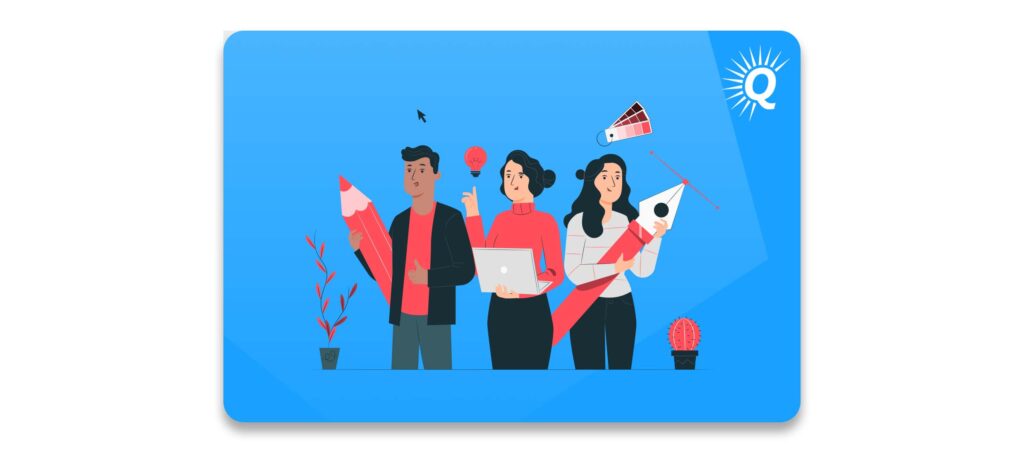

Ebooks and audiobooks
In 2021, ebook revenue in the United States alone reached 1.1 billion dollars. Ebooks and audiobooks can help you connect with your target audience and enhance your brand. From insightful how-to guides to captivating fiction, these digital assets offer a spectrum of knowledge and entertainment for your customers.
Here are six ideas to kickstart your creativity when it comes to creating ebooks and audiobooks as digital assets for your business:
- Create step-by-step guides that help readers accomplish tasks or learn new skills
- Conduct interviews with industry experts and package their insights into an informative ebook
- Convert your how-to guides, tutorials, or informational content into audiobook format for your customers who are auditory learners
- Compile a series of your podcast episodes on a certain theme into an audiobook, making it more convenient for listeners to engage with your content on a certain subject
- Record audiobook versions of your existing ebooks, giving customers an option to learn on the go
Consider using professional tools and resources for recording and editing audiobooks. After creating your eBooks and audiobooks, you can sell them through your website, online marketplaces, and platforms that specialize in digital products. Remember to consider copyright and licensing issues as well as appropriate pricing strategies for your digital assets.
Digital art and NFTs
The world of digital art and NFTs is constantly changing. As such, artists and entrepreneurs are finding innovative ways to explore new mediums and technologies.
Here are some types of digital art and NFTs that you can consider selling as digital assets to grow your business:
- Create and sell high-quality digital artwork that is suitable for digital displays or printing
- Provide concept art NFTs for characters, environments, or assets that could be used in games or films
- Design limited edition prints of your digital artwork
- Collaborate with musicians to create visual art inspired by their music and sell the NFTs alongside the music tracks
- Create and sell digital sculptures that can be displayed in virtual galleries
Remember, the key to success with digital assets is to provide value to your audience and tailor your products to their needs. Choose formats that align with your expertise as well as the preferences of your target audience.
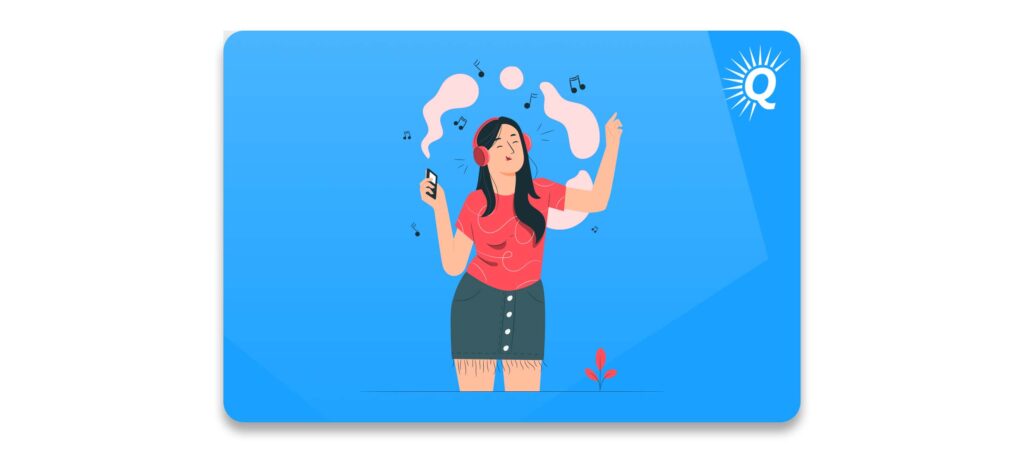

Digital music and audio
Digital music and audio can be a great entrance into the world of digital assets. This is true regardless of whether you’re a music enthusiast, content creator, or business owner.
From original music production to sound curation, here are some ideas to help you find your unique path to growth:
- Compose and produce original music tracks or albums and offer for them for purchase or streaming
- Create a library of sound effects, samples, and loops that content creators can use in their multimedia projects
- Offer professional voiceover recordings for advertisements, narrations, and tutorials
- Curate a collection of royalty-free music for content creators
- Record guided meditation sessions or relaxation audio for stress relief and mindfulness
By diversifying your digital product offerings across various types of digital music and audio, you can cater to broader audiences and provide a range of options for content creators, media producers, and music enthusiasts. Each type of digital audio asset has the potential to attract different types of customers and contribute to the growth of your business.
Software and tools
The type of software and tools you develop largely depends on your niche, target audience, and business goals. Keep in mind that developing and maintaining this kind of technology requires technical skills and resources, so spend time assessing your capability before embarking on this type of project.
Here are different types of software or digital tools you can create as digital assets for your business:
- Develop and market mobile apps that compliment your business and products
- Build plugins, add-ons, or extensions for apps to enhance their functionality
- Build an online store where customers can browse and purchase your products or services
- Create a tool that allows your clients to customize and personalize their products before purchase
- Build a realt-time chat or messaging app that allows customers to get in touch with your support team quickly.
The success of these digital assets depends on understanding your customers’ needs, providing value, and ensuring a user-friendly experience. If you create an app that has chronic bugs or is frustrating for your customers, it’s a digital liability to your business.
Before investing your time and resources, conduct thorough market research to ensure there’s demand for the tool you’re considering creating.
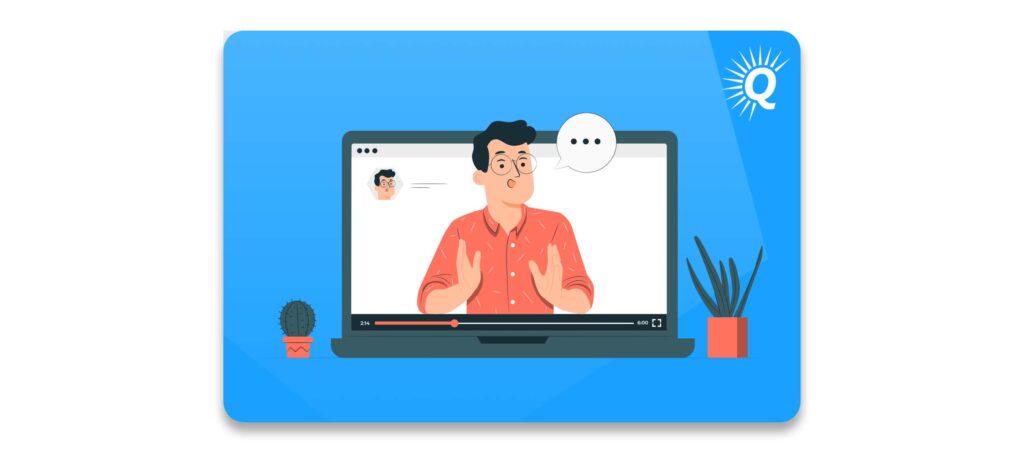

Digital photography, media, and fonts
Images, media, and fonts is a versatile category. This means that this class of digital assets can be applicable to any industry where visual communication is used. This includes photographers, graphic designers, and other creatives. Here are some ideas for creating digital assets that can help you grow your business:
- Curate and sell a collection of high-quality stock photos and videos that cater to other entrepreneurs in your niche
- Develop and market presets for photo editing software, enabling photographers to achieve specific looks and effects with their image
- Sell digital assets for a variety of creative projects, including textures, brushes, patterns, and other design elements
- Design animated motion graphics such as intros, transitions, and lower-thirds for video content
- Develop fonts that mimic handwriting styles, which can add a personal touch to a design
- Offer guides that help designers pair fonts effectively for different projects
Remember to pay attention to copyright and licensing regulations when creating and selling digital assets such as photography, media, and fonts. It’s also important to market your products through your website, social media, and other relevant online marketplaces to reach your target audience.
How to sell your digital assets online
No matter what type of digital asset you decide to sell, it needs to be a product that will resonate with customers and solve a problem they’re experiencing. After all, you want to spend your time making a digital product that someone will purchase.
Knowing what will go over well with customers can be a challenge. Thankfully, there are a few guiding principles to keep in mind when creating digital assets. Whether you’re minting NFTs or creating a cookbook featuring recipes from your grandma, you should always take the following steps:
- Validate the demand for your digital product
- Explore the competition
- Create your own digital product
- Price your digital product to sell
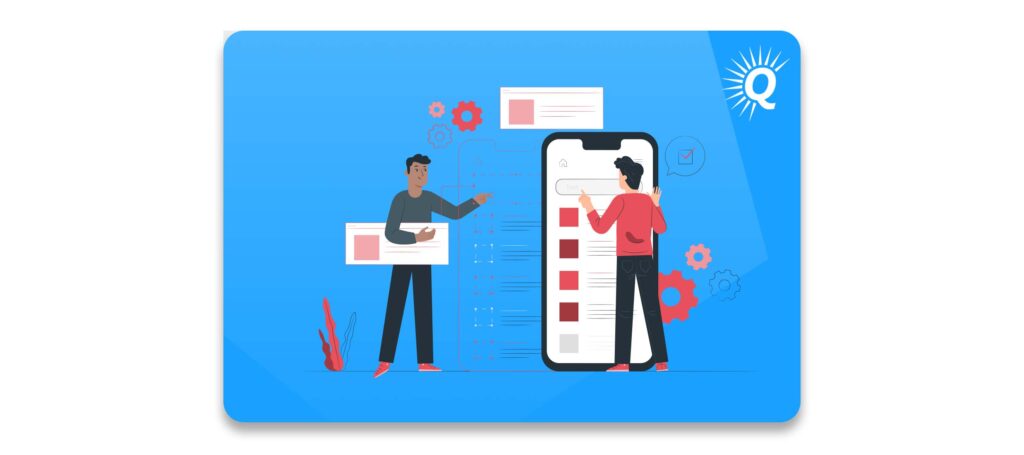

Validating the demand for your digital product
Some business owners lean into their creative side and make a totally unique digital asset, creating a new market in the process. These assets have the potential to lead to significant success. This can be a great option if you’re wanting to create original art or music.
Another option is to find a product category that is already performing well in the market, source a similar product within that category, and list it for sale under your own branding. For instance you might want to create a low content ebook, such as a journal or planner for the school year. If you do decide to choose this route, it is important to differentiate your product from other similar products.
There is a range of tools available that will help you conduct product research. Some of the most well-known tools include Google Trends, Product Hunt, and Statista. You can also explore demand for products with tools such Google analytics and blockchain explorers.
“No matter what type of digital asset you decide to sell, it needs to be a product that will resonate with customers and solve a problem they’re experiencing.”
Defining your niche
Part of this discovery process can also involve defining your niche. When you’re trying to decide what kind of digital asset is right for your business, it could be tempting to start with a product in a niche that matches your interests, passions, or hobbies. If you lift weights in your spare time, you might be thinking about creating a fitness app. Or if your morning always includes a daily meditation, you might want to create a meditation journal or guided online retreat.
But remember that you don’t have to start with a specific niche that reflects what you love. If you’re ready to invest the time and energy, you could discover that there’s a business opportunity that’s totally out of your comfort zone. Many entrepreneurs find success in markets that don’t seem particularly interesting to them, but serve a true customer need. But you don’t know about those customer needs until you put in some time researching product demand.
Checking out your competition
Determining the success of a digital asset is more than just validating a customer demand. While it’s great if customers are looking for the type of product you want to create, you also need to explore the competition your product could face after the launch.
Utilize the tools you have at your disposal to analyze the competition you have in the digital product marketplace. How many customer reviews do products like yours receive? Are there any promising gaps in what is currently being offered that your digital product could fill? The ideal situation is finding a product that has high demand and low competition.
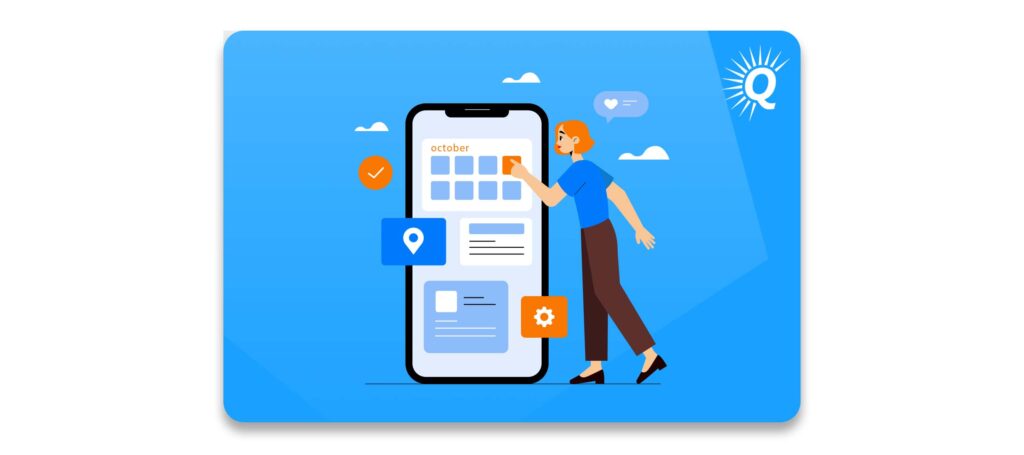

Creating your digital asset
You’ve put in the time researching product demand and competition, so now it’s on to the fun part of this process—creating a digital asset
Tools like Canva, or Book Bolt are great resources for creating low, medium, and high quality ebooks. Meanwhile, Kajabi, Teachable, and Thinkific are great resources if you’re creating an online course.
Don’t forget to include others in the creative process. A digital asset that might look picture-perfect to you could have some obvious defects to someone looking at it with a set of fresh eyes. If you’re creating an album, have people listen to it. Or, if you’re writing an ebook, you could hire an editor to go through the book with a fine-tooth comb and flag any grammar problems they find.
Pricing your digital products to sell
Pricing your digital asset isn’t just about determining how much you’ll ask for a product. It’s also the first step in your marketing strategy. Pricing can grab customer attention, drive your sales, and attract new customers to your business.
There are a number of pricing strategies you could use when pricing a digital product. The first option is competitive pricing. Research how much your competitors are charging for their digital assets. Then, price your product lower than theirs. If your product includes features that your competitors items don’t, consider pricing slightly above the going rate.
Another pricing strategy is psychological pricing, where you price your digital item to make it appear like a bargain. One example of psychological pricing is selling your ebook through Kindle Direct Publishing for $7.99 instead of $8. Even though there’s only a penny difference, consumers will see value in your product.
Deciding on your initial pricing strategy is important. However, don’t forget to be flexible and creative. Test different price points and see what converts the most sales.
Conclusion
You might be interested in selling digital assets because you’re excited to share content you’ve already created. Or, you could be interested in getting in touch with your creative side and making a digital product in order to tap into a new customer base.
Regardless of where you’re at in the creative process, selling digital assets can be a great move for your business.
When you learn about the different types of digital assets and try your hand at making a digital download that answers customers’ needs, you can create a digital asset that can help you meet your business goals.
Outsmart the startup game and check out our listings. You can request a summary on any business without any further obligation.Buy a Profitable Online Business





